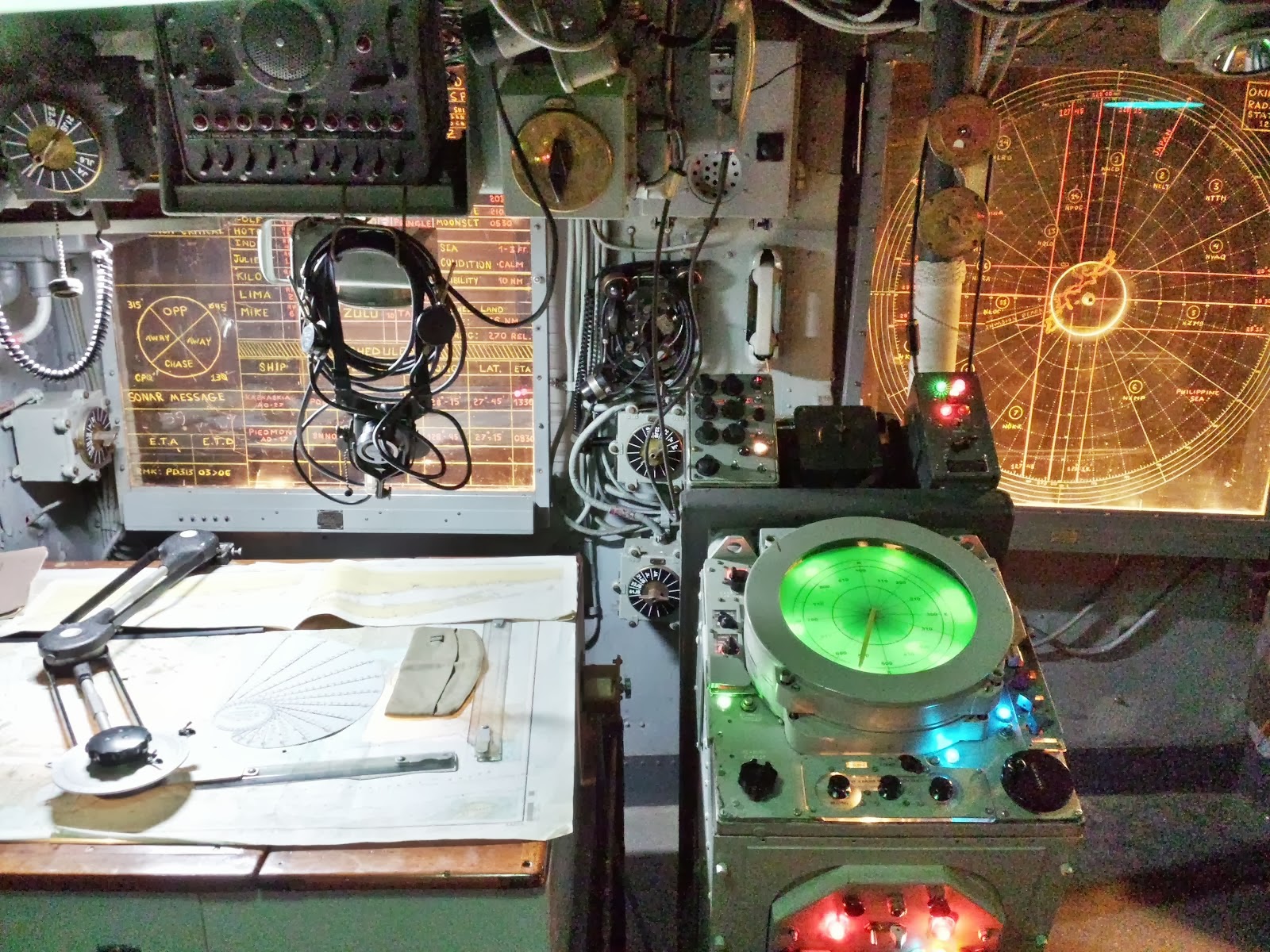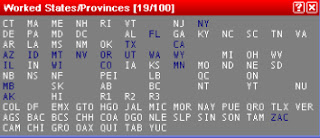Hard to believe another year has passed us by. Even though the year still consists of 365 days, they sure seem to go much faster the older we get. This New Year's Eve got me thinking about this past year and like many do all over the globe, starting to think of 2011 and resolutions, or goals as I like to refer to them. So, in looking at 2010, I will highlight the major events that come to memory. I will also think about my plans for 2011. I have no goals for 2011, as in chasing certain awards or achieving a certain score in a major contest. I'm in this hobby for fun and to make friends worldwide. I work so many familiar callsigns, but can never mentally remember the names of each and every operator. Ham radio is about callsigns and not necessarily names, right? It is interesting when we go to introduce ham friends to other ham friends and only use their callsign.
Statistics
In looking back at my data for the last four operating years (been here over seven), it's obvious that 2010 was not a peak operating year for me. That is due to a few factors, but mostly I did not participate in as many contests as in previous years. I also did have a few months off when my beam was out of service. The actual QSO numbers for me were:
- 2010 = 5,248
- 2009 = 11,417
- 2008 = 10,144
- 2007 = 3,259
So in 2010, I had less than half the contacts I had in 2009. Is that a bad thing? No. It means I juggle my radio time with family and work like many of us do. What these numbers do not include are my activities as K3Y/KL7 and Field Day, when I had the privilege of operating at KL2R. I also did not add my QRP QSO's in here for 2010 from my QRP logbook. My total QSO count now since moving to Alaska is approaching 32,000.
Highlights & Lowlights
Again, there were many ham radio highlights in 2010, but I will grab the first few from the top of my head. I will begin with the lowlights;
- My long time close friend, coworker, and neighbor (along with his family) left Alaska for Arizona. That would be KL1SF and KL1MF.
- The aged station showing it's age, as my Icom 756PRO needed repairs when the tuner went out. Still cheaper than a new rig and well worth the repair cost.
- My Diamond vertical ending it's life in one of our ever frequent wind storms. It also happened at a time of year that I need to wait until spring to replace it.
- The damage to my 15 meter trap on my Mosley TA-34-XL, operator HUA.
- My APRS radio biting the dust, so my faithful digipeater runs silent.
Now, there were many smaller scale lowlights but these are right at the top of the list. Now onto the highlights;
- Meeting and spending a day with wG0AT in Colorado. Wow, was that a blast. Steve, Rooster, and Peanut kicked my butt hiking to the top of Mt.Herman! My wife was just as excited to meet Steve, his wife, Rooster, and Peanut. Steve did a great video of our adventure and you can find that on YouTube here. A rare glimpse of KL8DX. Also a BIG thanks to Steve for retrieving my shades!
- The 10 meter openings during CQ World Wide CW and the ARRL 10 Meter Contest! 10 meters is such a wild and crazy band and us Alaskans were blessed with some good propagation on 10 meters! Finally! I won't mention 6 meters as that would be listed above in lowlights.
- Breaking a million points in the CQ World Wide WPX RTTY Contest.
- Being part of KL2R's Field Day 2010.
- Purchasing a travel trailer and QRP'ing in style (inspired by KL1SF & KL1MF).
2010 was a heavy QSL year for me. I had many large bureau drops (hundreds) as well as several hundred direct QSL requests with many foreign. I prefer to use LOTW, but I answer any and all direct requests that follow my QSL directions as posted on QRZ.com. I have seen discussion lately on QSL practices and some folks bashing those that require an SASE (Self Addressed Stamped Envelope) to get a QSL card. It's obvious that those people don't get hundreds of QSL requests each year. At the rate of USA postage, currently at $0.44 cents for the 1st ounce, it would make this low middle class operator go broke. Let's not mention that $0.98 cents for Airmail!
When I get a lot of direct requests, just the SASE alone helps me keep things organized and saves me on the costs of envelopes as well. I have not sent out for a QSL card that I have wanted in well over a year, maybe two. Don't get me wrong, I like receiving QSL cards, but I'm not collecting them. Would you hitch a ride with a friend to work or use their car without offering to pay for gas? The QSL debate drives me nuts. If YOU want the card, don't bash the station you're trying to get a QSL card from just because they want additional postage or a SASE. I have spent many an hour filling out QSL cards and I could easily just say I don't QSL and spend more time on the air. My final words to those complainers, "Suck it Up!".
2011
So what is in store for KL8DX & KL8SU in 2011? Well, a higher power knows the answer to that, but for now my agenda consists of the following;
- Install my recently purchased and assembled KIO Technologies Hex Beam
- Purchase a replacement for my Diamond vertical
- Get my APRS digi back online with the radio I recently purchased. Thanks to KL1SF on his offer to fix the old one, radio is in the mail my friend!
- More QRP operating!!!!! I want to put some QSO miles on my IC-703Plus.
- Some feedline replacement and some much needed maintenance on most everything here.
In Conclusion
My operating time, QSL'ing time, and QRP time takes away from family time. We try to juggle life, finances, and more to make it work. It's been a tough few years financially, but I have to say the biggest one I need to thank is my wife, KL8SU. She never has once complained about a sked, contest, weekend excursion, or the purchase of something I needed for this great hobby.
This hobby is not cheap, and I'm still baffled that there is a market for a $10,000 radio. Yea, I dream of an Alpha Amp, or an Icom 7600 or a K3, but that will not happen anytime soon. I am content with what I have and I do get several sked requests, several that I cannot make. This is only because I don't have enough hardware. I'm a low profile station, but I'm always willing to try if I can. This hobby is all about helping others, too. Maybe that is a good New Year's Resolution? Donate a bit of money to that software developer who developed that awesome program you use each and every day that you got for free! How about helping another ham by introducing them to a different mode? Helping someone with fixing their station? Just a few more hours left in 2010 (as of this writing) so why not make a resolution (goal) that's ham radio related for 2011. Pay it forward for 2011, personally or financially.














